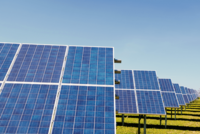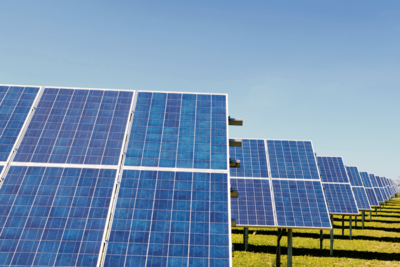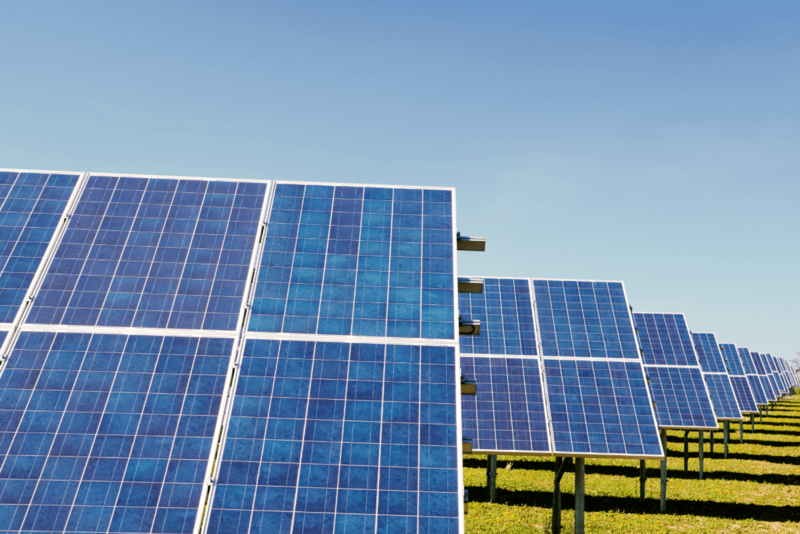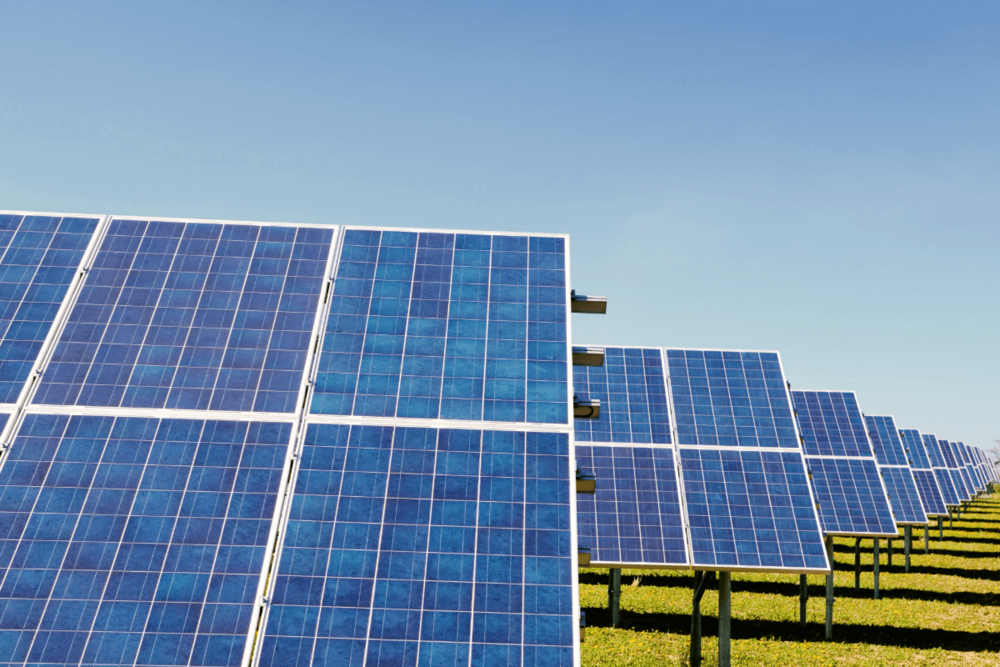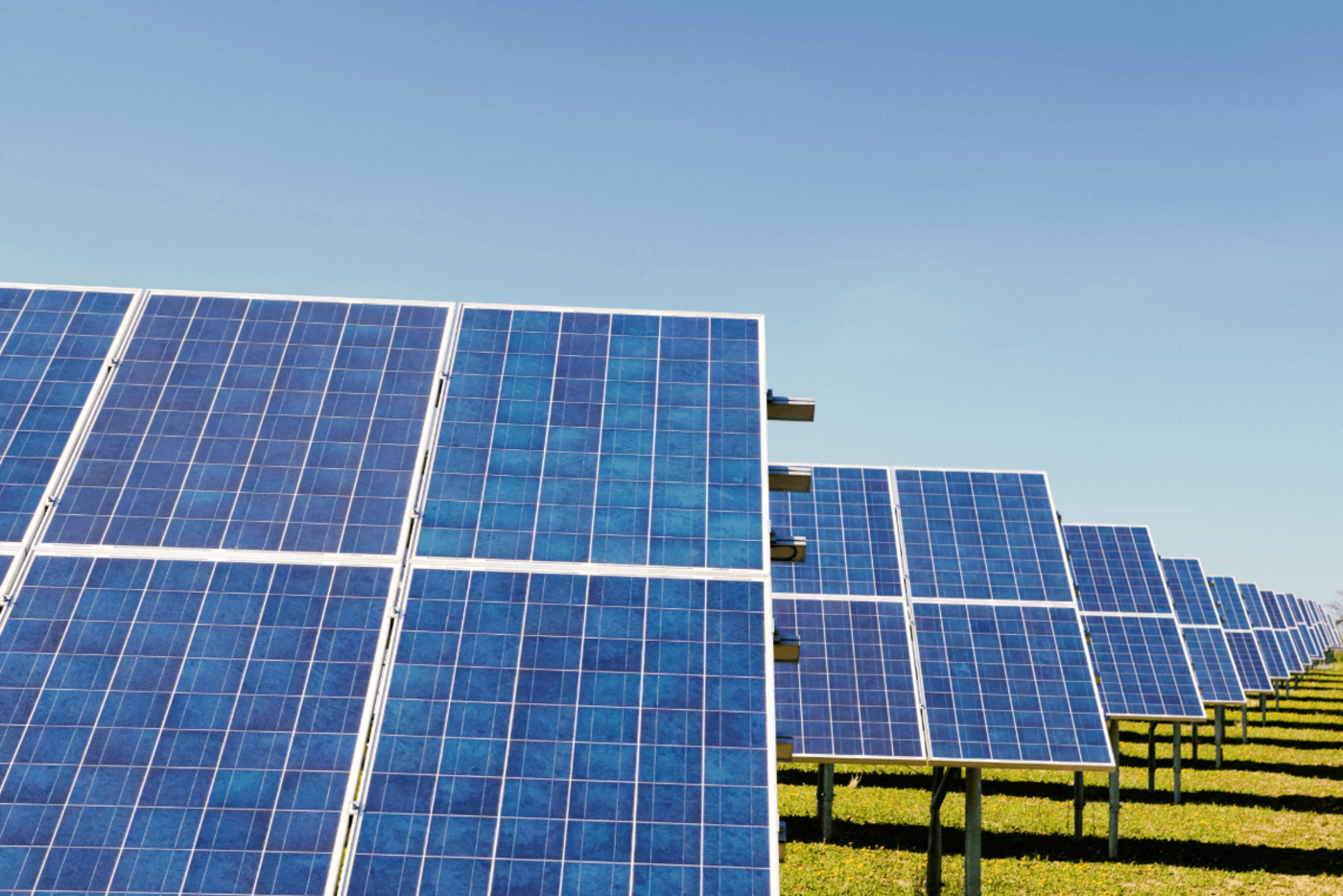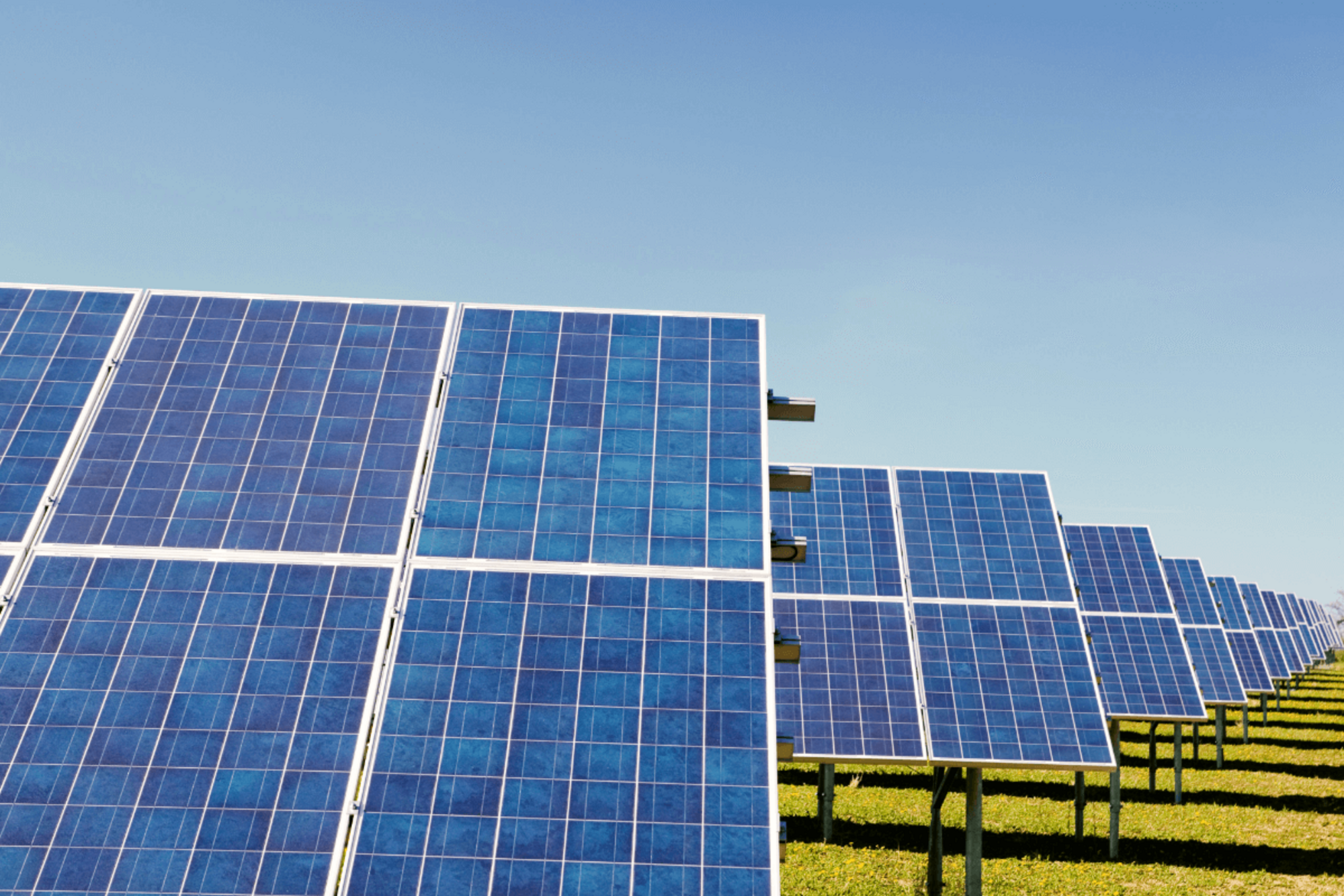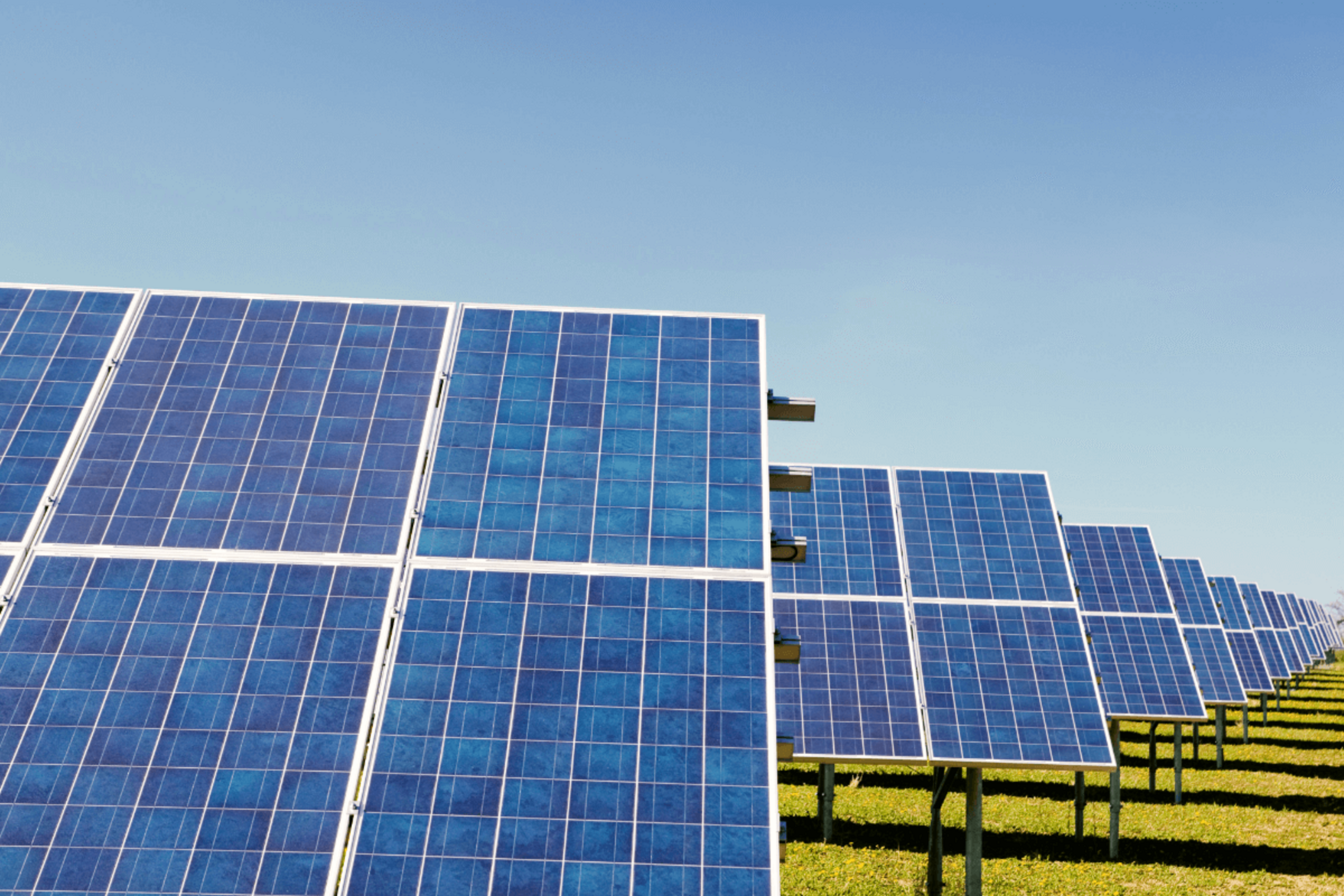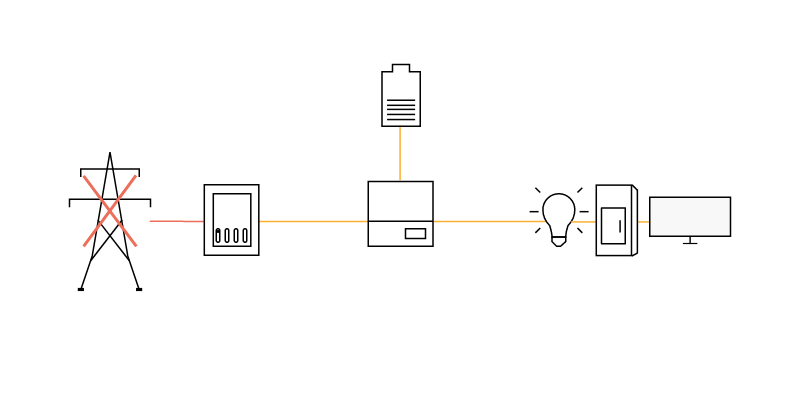Backup Power
Some battery systems can supply energy during a power outage through emergency or backup power functionality. If a storage system is capable of providing backup power, it can independently supply energy within a few seconds.
The system switches to backup mode via a transfer switch. After switching, it takes approximately 5-20 seconds for all connected devices to be powered again. This means that an uninterruptible power supply (UPS) is not required. Depending on the system setup, the backup power network can be single-phase or three-phase.
How does it work?
An automatic transfer switch/disconnect device must operate according to local installation requirements, e.g., 3-pole or all-pole. You install the device between the battery inverter and the grid connection so that this connection can be severed in the event of a power outage. All consumers that should continue to be supplied during an outage must be connected to the transfer switch.
Advantages of Backup Power Functionality
- Automatic switching
- Independent supply of household devices
- Single-phase and three-phase setup
- Various requirements (e.g., all-pole, 3-pole disconnection) can be accommodated
Disadvantages
- Greater installation effort/separate transfer switch box required
- Switching time
Depending on the manufacturer, the photovoltaic system can also recharge the battery storage during a power outage. You can see which batteries and systems are capable of providing backup power in our energy storage comparison.
